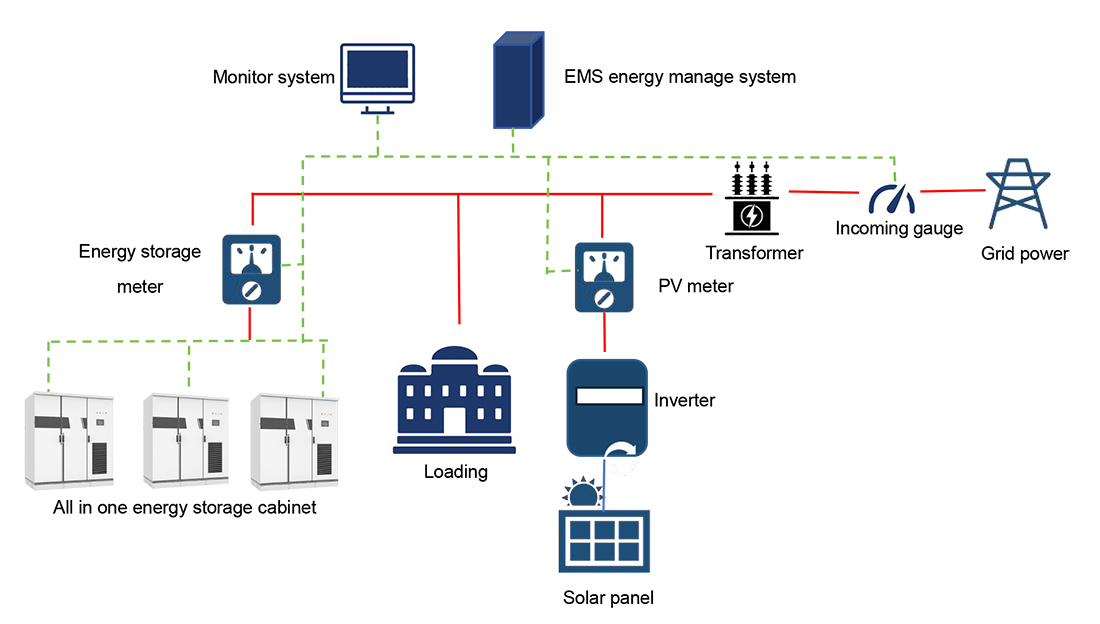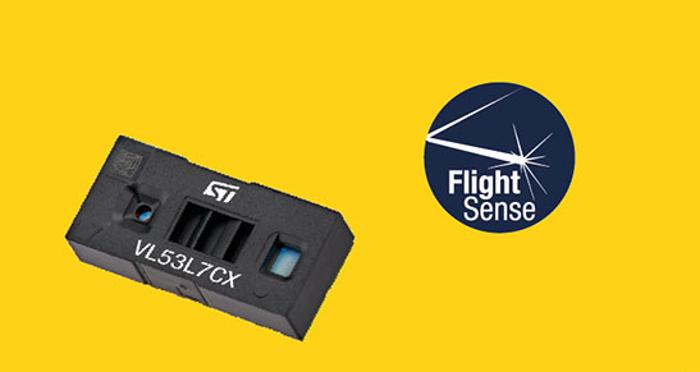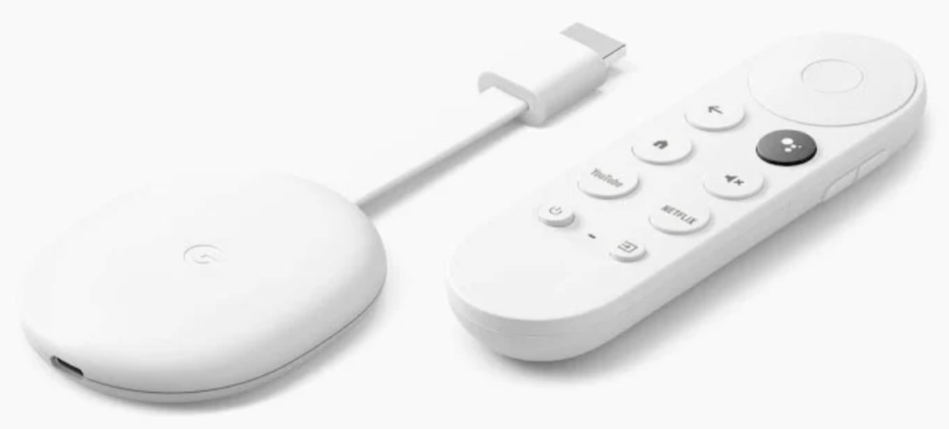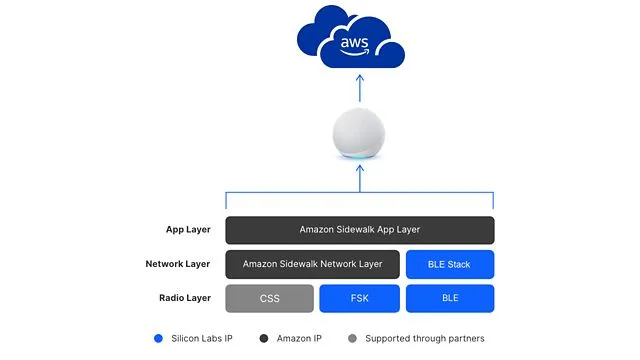
Exploring the superior capabilities of Wi
- Communications
- 2023-09-23 21:39:47
In recent years, applications such as video conferences, ultra high-definition streaming services, cloud services, gaming, and advanced industrial Internet of Things (IIoT) have significantly raised the bar for wireless technology. Wi-Fi 6 (including Wi-Fi 6E) and dual-band Wi-Fi were promising solutions to the rising wireless demands. However, the real-world improvements and noticeable benefits of Wi-Fi 6 have been underwhelming.
Now, we have a new standard on the horizon, bringing significant technical changes to the Wi-Fi industry. Wi-Fi 7 will be a giant leap forward for residential and enterprise users. This article will provide readers with insights into the latest progress of Wi-Fi 7. It will help engineers to better understand the full capabilities of Wi-Fi 7 and all the technical challenges that come with these new features. It will assist engineers to work on smooth Wi-Fi 7 adoption and develop potential applications regarding advanced wireless technologies.
Expected Wi-Fi 7 performance vs Wi-Fi 6, 6E and 5
From the last column of Table 1, you can clearly see some performance numbers that Wi-Fi 7 will be able to deliver. As you can see, we are looking at a 4.8 fold connection speed gain from Wi-Fi 6 to Wi-Fi 7, making the maximum theoretical data rate 46 Gbps. That is a considerable speed improvement from Wi-Fi 5 to Wi-Fi 6, which was only 2.8 times.



Wi-Fi 5
Wi-Fi 6
Wi-Fi 6E
Wi-Fi 7
Launch time
2013
2019
2021
2024 (Expected)
IEEE standard
802.11ac
802.11ax
802.11ac
802.11be
Max data rate
3.5 Gbps
9.6 Gbps
9.6 Gbps
46 Gbps
Bands
5 GHz
2.4 GHz, 5 GHz
2.4 GHz, 5 GHz, 6 GHz
2.4 GHz, 5 GHz, 6 GHz
Channel size
20, 40, 80, 80+80, 160 MHz
20, 40, 80, 80+80, 160 MHz
20, 40, 80, 80+80, 160 MHz
Up to 320 MHz
Modulation
256-QAM OFDM
1024-QAM OFDMA
1024-QAM sOFDMA
4096-QAM OFDMA(with Extensions)
MIMO
4×4 MIMO DL MIMO
8×8 UL/DL MU-MIMO
8×8 UL/DL MU-MIMO
16×16 UL/DL MU-MIMO
RU
/
RU
RU
Multi-RUs
MAC
/
/
/
MLO
Table 1 A specification comparison between Wi-Fi 5, Wi-Fi 6, Wi-Fi 6E, and Wi-Fi 7.
That much speed improvement is due to the channel size increasing up to 320 MHz. From Table 1, channel size has stayed the same for over ten years. Another key reason Wi-Fi 7 could deliver much higher speed is that it supports three frequency bands (2.4 GHz, 5 GHz, 6 GHz) and multi-link operations. Figure 1 shows the bands, spectrum, channels, and channel width that are available to Wi-Fi 7. This feature not only improves connection speed but also improves network capacity by five times compared to Wi-Fi 6. In a later section, we will explore these new technical features in more detail.

Figure 1 A description of bands, spectrum, channels, and channel width available to Wi-Fi 7. Source: Keysight
Based on the specifications of Wi-Fi 7, besides the 46 Gbps speed, we expect Wi-Fi 7 to deliver less than five milliseconds of latency. This is over one hundred times better than Wi-Fi 6. With this performance, we could expect 15x better AR/VR performance.
Maximum channel bandwidth increase
As mentioned in Table 1, one of the most significant changes coming to Wi-Fi 7 is the maximum channel bandwidth. It allows the 6 GHz band to double its bandwidth from 160 MHz to 320 MHz, this change will enable many more simultaneous data transmissions. As illustrated in Figure 2, with twice the bandwidth resources, you can easily expect the base speed to double.

Figure 2 Wi-Fi 7’s maximum channel bandwidth in the 6 GHz bad versus the 5 GHz band of Wi-Fi 6. Source: Keysight
Currently, two main challenges will make adopting 320 MHz slower. First, from a regulatory standpoint, certain regions support three channels of the 320 MHz contiguous spectrum while others only support one channel, and some regions do not support any channel. That is why this bandwidth is exclusive to the 6 GHz band. It requires policymakers in different regions to work closely with the Wi-Fi industry to find feasible solutions to allow additional bandwidth for Wi-Fi applications. Despite these challenges, several chipset/module vendors have already certified Wi-Fi 7 modules, and several device manufacturers will be releasing Wi-Fi 7 access points (APs) in 2023.
Another challenge is that we need compatible clients to support this feature. Currently, all client devices only support 160 MHz at best. Device makers must consider factors like interference or power consumption when designing and developing their new products. Higher bandwidth support usually means higher power usage and a higher chance of interference. It usually takes time for device makers to find a balance between performance and other factors. Therefore, it will take time until the industry can take full advantage of this channel bandwidth increase.
Multi-link operation
There is another important feature coming to Wi-Fi 7. This feature is multi-link operation or MLO. Currently, as shown on the left of Figure 3, Wi-Fi technology only supports single-link operation, which means Wi-Fi devices can only transmit data using either the 2.4 GHz band or the 5 GHz band. With Wi-Fi 7 and MLO, shown on the right of Figure 3, Wi-Fi devices can transmit data using all available bands and channels to transmit data simultaneously. There are usually two schemes for MLO to work. Devices could either choose among different bands for each transfer cycle, or they could just aggregate more than one band. Either way, MLO avoids congestion on the links, lowering latency. This feature will improve reliability for applications like VR/AR, gaming, video conferencing, and cloud computing.

Figure 3 Single-link operation of Wi-Fi 6 versus MLO of Wi-Fi 7. Source: Keysight
As mentioned in the previous section, Wi-Fi 7 now supports wider maximum channel bandwidth of up to 320 MHz. To support high band aggregation, it will cause an increase in peak-to-average power ratio (PAPR) in wider channels. Therefore, this MLO feature will introduce more power consumption, which device makers must find ways to compensate for. Besides additional power usage, having more subchannels will make managing interference more difficult at the same time.
Channel puncturing
The following important feature is channel puncturing or, preamble puncturing. This feature allows APs to establish transmissions with more than one companion device at the same time and be able to monitor for interference on the channel. If they detect interference in the channel, they can ‘puncture’ the channel and notch out that 20 MHz sub-channel to continue the transmission in the rest of the channel. The overall bandwidth is lower because of the punctured amount, but we still enable a decent channel than not using it at all.
Channel puncturing already existed in Wi-Fi 6 as an optional feature. However, because of its technical complexity, this feature requires both compatible APs and clients to work properly. There has yet to be a manufacturer taking advantage of this feature. With the new Wi-Fi 7 standards, this channel puncturing could become a standard feature.
For measurement requirements, this feature has presented more challenges from the regulatory side. The European Telecommunications Standards Institute (ETSI) has already given the standards for preamble puncturing testing, but for 160 MHz bandwidths. The Federal Communications Commission (FCC), however, needs to provide clear guidelines for the measurement limits for preamble puncturing. The existing measurement limits were not designed for the Wi-Fi 7 preamble puncturing feature, and they are too restrictive. For example, there are discussions in presentations on how to manage channel puncturing for dynamic frequency selection (DFS) testing, but no formal definition in FCC guidance documents (KDBs). Also, there are possible changes coming to the in-band emission limits for channel puncturing.
Other important new features of Wi-Fi 7 and IoT support
To support more IoT devices on one Wi-Fi network, Wi-Fi 7 brought 16×16 multi-user multiple-input and multiple-output (MU-MIMO). This feature will easily double the network capacity of Wi-Fi 6. While this improves the transmission efficiency, it also greatly increases the amount of testing required, as several tests are required for each antenna output.
Wi-Fi 7 adopts a higher-order modulation scheme, 4096-QAM, to further enhance peak rates. As shown in Figure 4. This allows Wi-Fi 7 to carry 12 bits at a time rather than 10 bits. That means the new modulation scheme alone can improve theoretical transmission rates by 20% compared to Wi-Fi 6’s 1024-QAM. Besides faster data rate improvement, when it comes to streaming, gaming, and VR/AR applications, 4K-QAM means flawless 4K/8K image quality, higher colour accuracy, and minimum lag.

Figure 4 Wi-Fi 7 adopts a higher-order modulation scheme, 4096-QAM, to further enhance peak rates; here is an example of 1024 QAM vs. 4096 QAM. Source: Keysight
With Wi-Fi 6, each user only has one resource unit (RU) assigned to transmit frames, which makes the spectrum resource less flexible. Wi-Fi 7, however, allows multiple RUs combinations to serve one single user, which increases transmission efficiency. See Figure 5.

Figure 5 An example of single RU versus multi-RU. Source: Keysight
Understanding Wi-Fi 7
Wireless connectivity has become increasingly vital in our lives. Wi-Fi technology plays a crucial role in meeting our growing demands for higher speed, low latency, high capacity, and high efficiency for household and enterprise users. Wi-Fi 7 (802.11be) will bring improvements in all these major aspects compared to Wi-Fi 6 (802.11ax) and will open more doors to more and better IoT applications and services.
Wi-Fi 7 leverages the increased channel width, multi-channel operation, and channel puncturing to improve speed and efficiency. Other features like multi-user capabilities enhancements, 4K-QAM, and multi-RU support will further optimize the user experience.
Wi-Fi 7 also comes with several tough challenges. The most important one is finding a balance between wider feature support and power consumption. Of course, there is always an element of interference in the subchannels. To support all these new features, we need compatible APs and clients, which is not possible if we do not have all the regulatory guidelines in place for all regions in the world. This requires regulatory bodies to work closely with industry leaders to define these guidelines so that Wi-Fi 7 evolves to reality from theory.

Xiang Li is an experienced wireless network engineer with a master’s degree in electrical engineering. Currently, Xiang is an Industry Solution Marketing Engineer at Keysight Technologies.
Related Content
Keysight’s technology predictions for 2023—company-wide insightsWhat’s new in Wi-Fi 6E networks? More interference testingWhat has changed in the design journey from Wi-Fi 5 to Wi-Fi 7Designing and testing industrial devices for 5G private networksExploring the superior capabilities of Wi由Voice of the EngineerCommunicationsColumn releasethank you for your recognition of Voice of the Engineer and for our original works As well as the favor of the article, you are very welcome to share it on your personal website or circle of friends, but please indicate the source of the article when reprinting it.“Exploring the superior capabilities of Wi”









